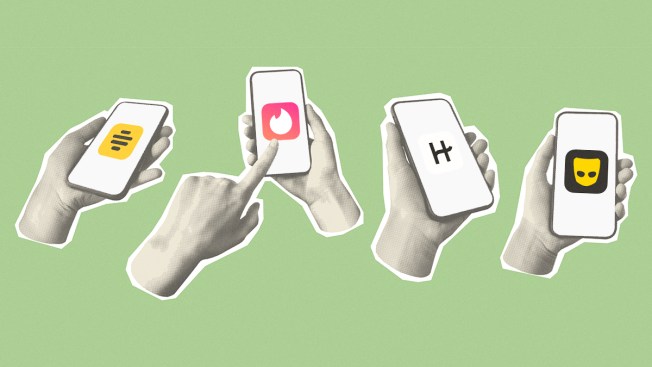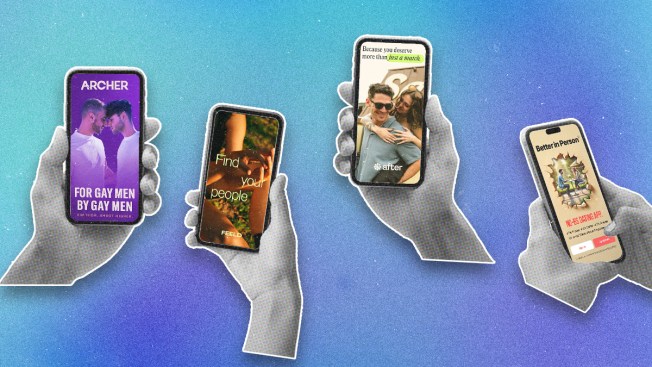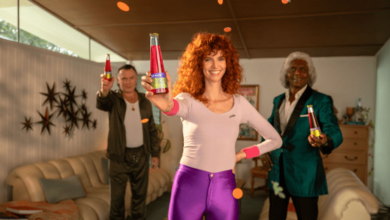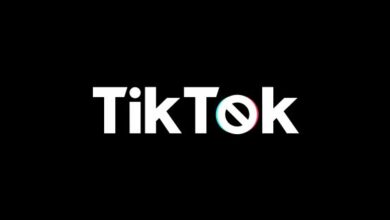Hinge Combats Dating App Burnout With Chance Love Stories

The real couples featured in HingeThe new campaign shares a funny coincidence: everyone unknowingly met their future partner in person before connecting on the dating app.
Hinge tells these surprising and true love stories in its latest ads, which continue its long-standing “Designed to be Deleted” platform. The campaign, launched in the middle reports of growing dating app fatigue– is meant to remind people that romance can begin in all kinds of unexpected ways.
“This work is a story of twists and turns, celebrating the fact that everyone’s starting point [in love] may be different,” Jackie Jantos, Hinge’s chief marketing officer, told ADWEEK.
“It’s Funny We Met on Hinge,” developed by creative collective Birthday and directed by India Sleem via Serial Pictures, includes a series of films highlighting seven real-life couples who met on the app. The couples, of diverse backgrounds, ages, genders, and sexual orientations, reflect candidly on the coincidences, near misses, and unforeseen connections that ultimately brought them together.
The spots will air from December 26 to early March 2025 on social media and streaming services in the United States, Canada, United Kingdom and Australia. Starting in January, a group of creators will take to social platforms to share their own stories of connecting with people on Hinge.
The campaign aims to convince those who have never tried dating apps before. It coincides with the new year, which tends to be a busy time for dating apps, as many people “set intentions for the next year…including the relationships they want to get into,” Jantos explained.
Among dating app newbies, there is sometimes a “deep desire to find a relationship in a more serendipitous way,” she observed. “What we hope to show is if you’ve crossed paths with someone in the past or are hoping to meet by chance, Hinge could be another way for you to potentially meet a partner.”
Hinge’s new campaign advances its “Designed to be Deleted” platform launched in 2019 and remains one of the dating app industry’s most enduring taglines.
“Everything we do is aimed at encouraging people to literally leave the app and go on great dates,” Jantos said.
Lately, the brand has emphasized this by turning to real-life dating stories, which “feel more truthful and honest” than love stories found in pop culture, Jantos said.
Earlier this year, Hinge created a zine of love stories by authors including Roxane Gay and John Paul Brammer, based on six real-life couples who met on the app. Focused on Generation Z, the project was inspired by the popularity of romantic literature on TikTok’s #BookTok.
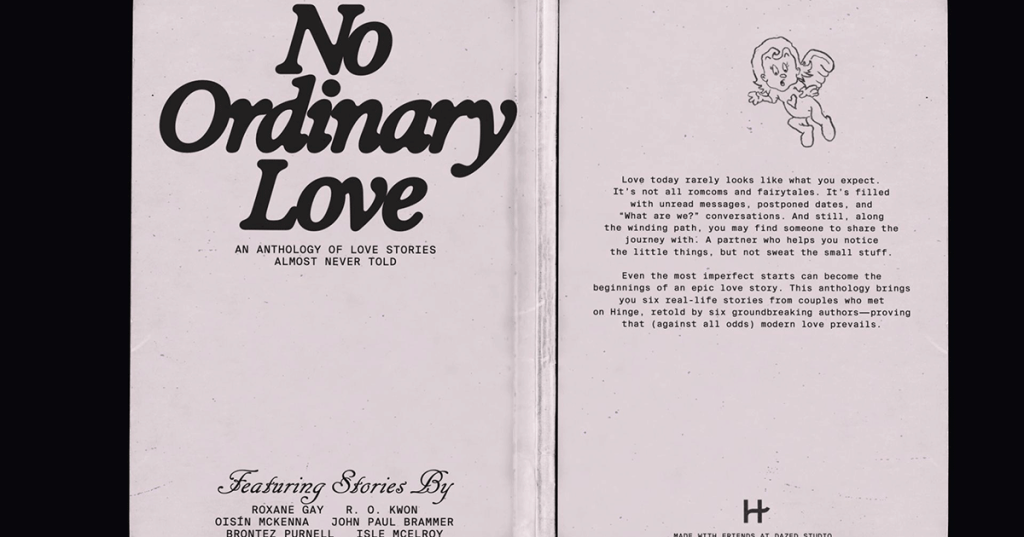 Hinge’s zine features real love stories that started on the appHinge
Hinge’s zine features real love stories that started on the appHinge
Combating Dating Burnout and Loneliness
Hinge’s message, aiming to challenge “all the tropes that make romance idealistic and full of easy beginnings,” according to Jantos, echoes a sentiment in a rival dating app Tinder’s summer campaign. In these ads, Tinder disrupted traditional notions of romance by reinventing romantic comedies for the digital age.
Both brands are looking to resonate in a difficult industry, as some reports point to negative sentiment toward dating apps, particularly among younger users. A Axios / Generation Lab 2023 survey found that 79% of college and graduate students in the United States said they don’t use any dating apps, even as rarely as once a month.
Still, Hinge has been a bright spot for parent company Match Group, which also owns Tinder. In the third quarter of 2024, Hinge’s direct revenue grew 36% year-over-year, making it the second most downloaded dating app in the United States for the first time, according to Match Group’s latest results.
Yet Hinge faces the same marketing challenge as many of its peers: dating app fatigue, a phenomenon that has been dissected on social networks like TikTok and in mainstream media including The New York Times.
Jantos said dating app burnout is particularly acute among young adults for several reasons, including the widely reported loneliness epidemic. An increase in loneliness and the need for in-person interactions is “a testament to the rise of technology, but also the reality of young adults’ experiences during the pandemic,” she said.
“Their comfort level with going out and meeting people is different than previous generations,” she added.
To solve this problem, Hinge placed loneliness at the center of his research. social impact program, One More Hourwhich this year awarded $1 million in funding to social groups across the United States that aim to foster community among young people.
On the app itself, Hinge also introduced new features like Your Turn Limits, a notification that reminds users when it’s their turn to respond in a conversation with a match.
“There has been this idea that dating apps offer the opportunity to meet larger numbers of people, but we try to encourage users to focus on quality rather than quantity,” Jantos said.
